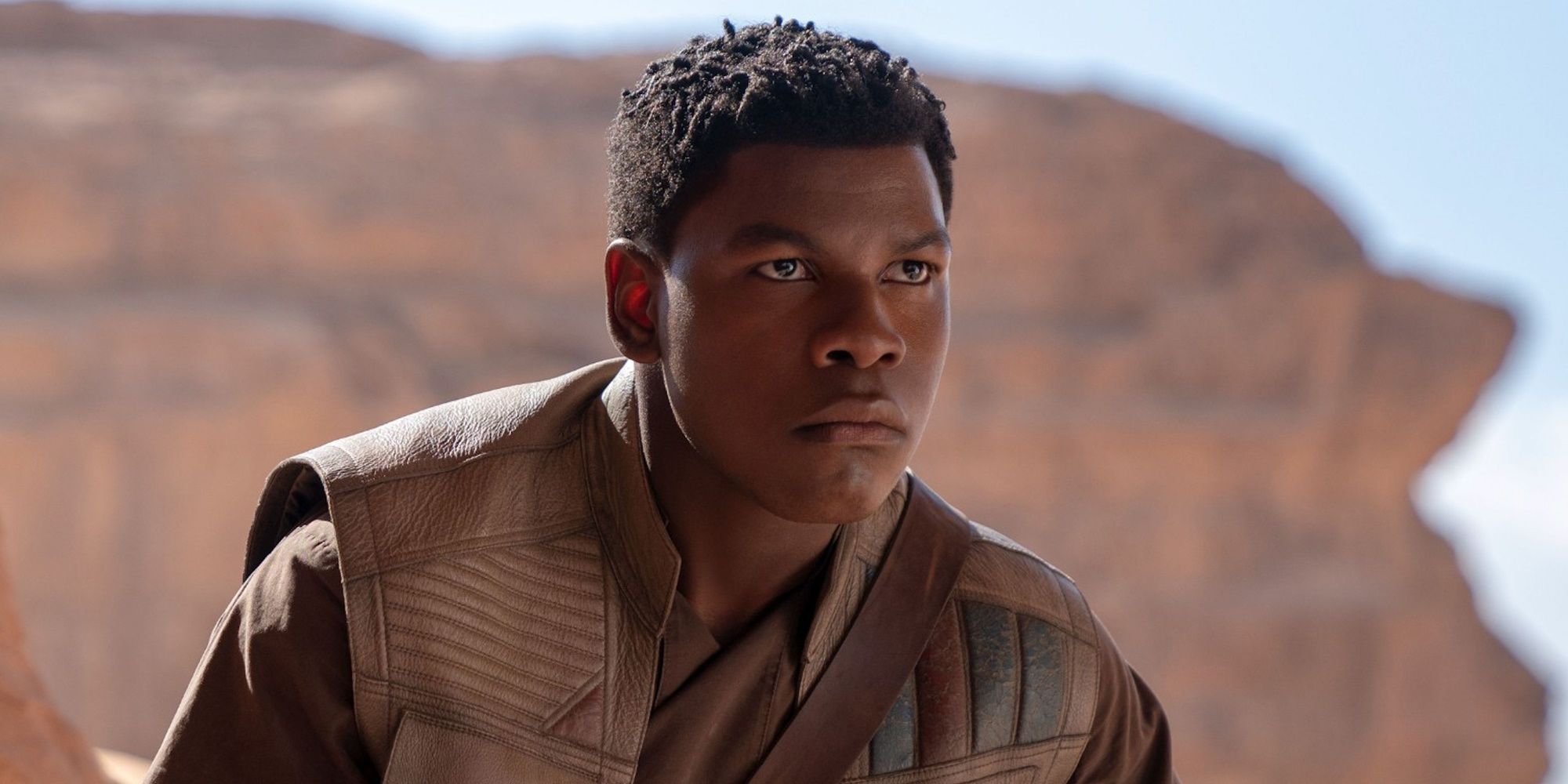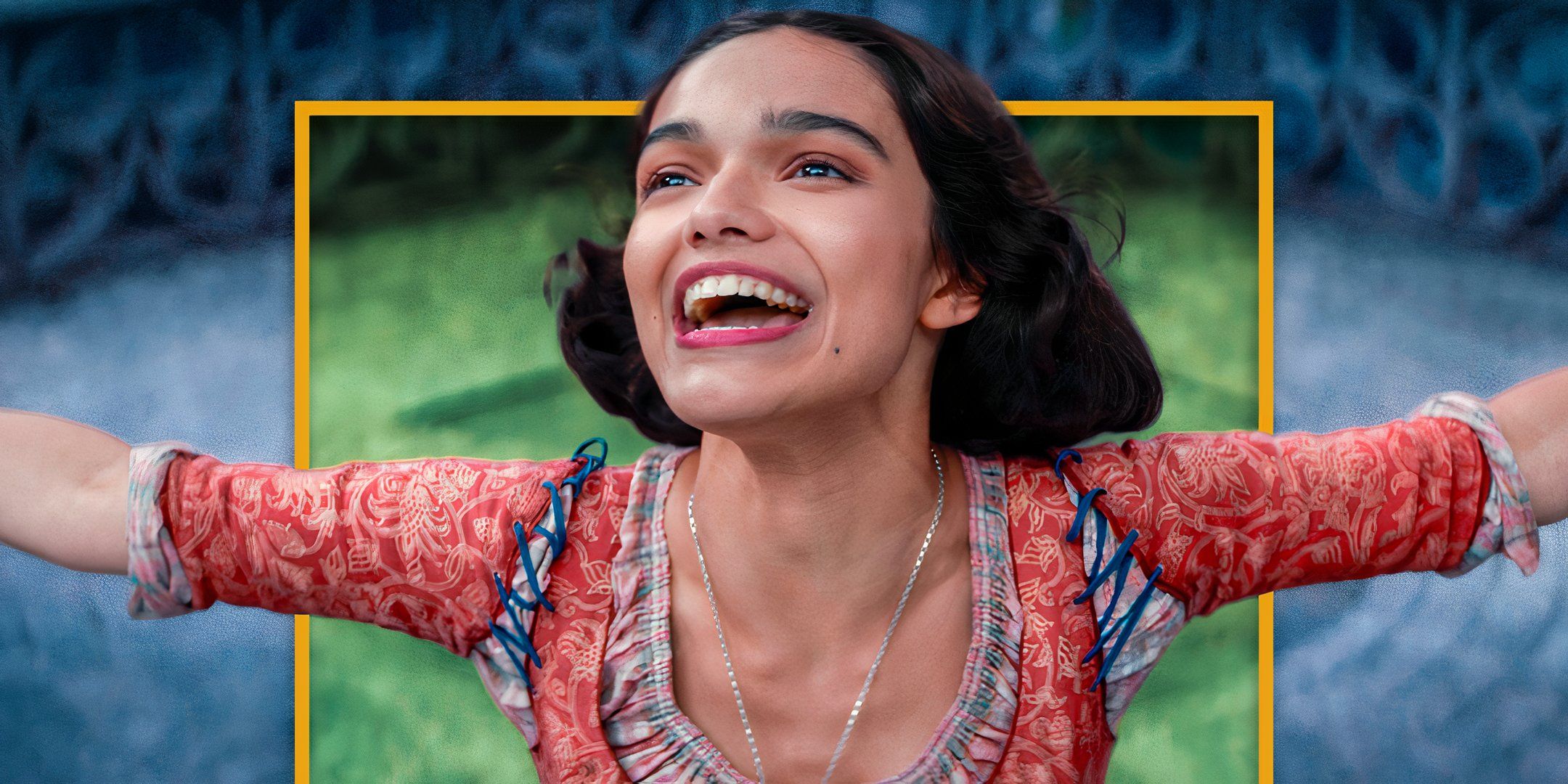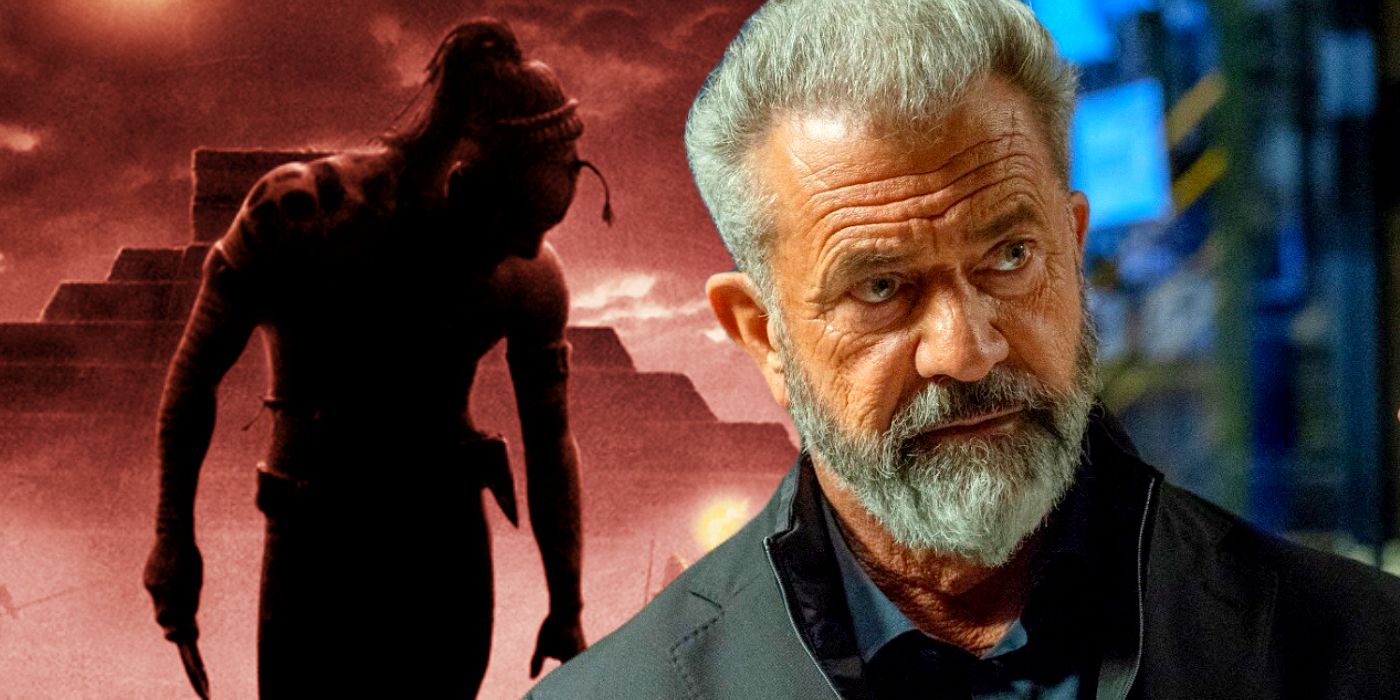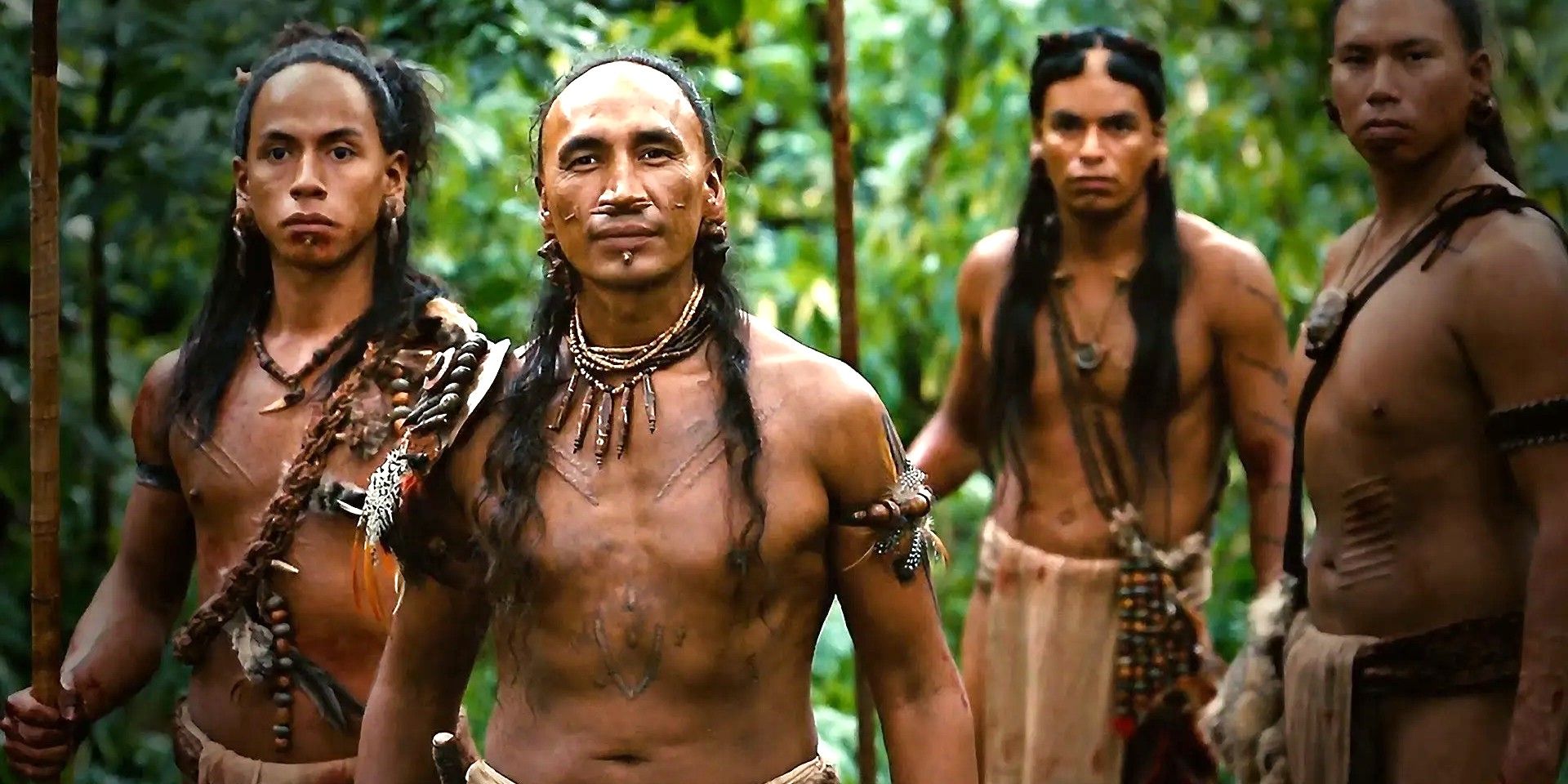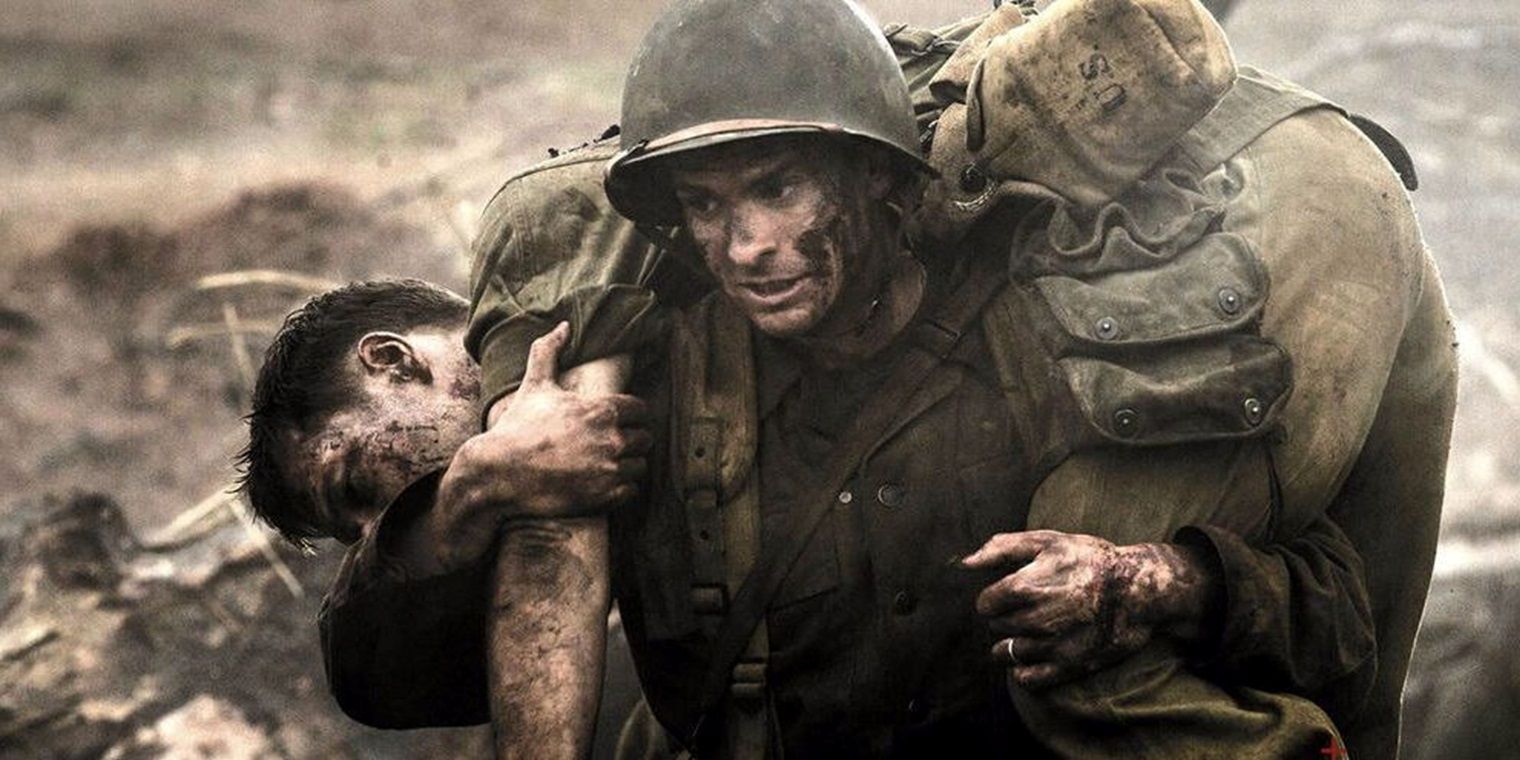Related
Summary
Three ofMel Gibson ’s freehanded diachronic megahit share one major criticism . Outside of his roles in action mechanism movies like theMad MaxandLethal Weaponfranchises , Mel Gibson has also guess into screenwriting and directing , with historical epics being a significant genre in both facet of his career . While Gibson ’s historical dramas have clear plenty of accolades , including numerous Academy Awards , they also have n’t been without their plowshare of criticisms .
One such deterrent example isGibson ’s highly controversial 2004 movieThe Passion of the Christ , which was polarise for numerous reasons , include its extremely trigger-happy depiction of the excruciation of Jesus . Meanwhile , several of Gibson ’s other historical movies have also been criticized despite their box part succeeder and accolade , namelyBraveheart , The Patriot , andApocalypto . inquisitively , one vernacular thread of criticism can be seen in all three movies .
What Mel Gibson ’s Braveheart leave out about the real Sir William Wallace ’s dying and what really happened to the famed Scottish warrior .
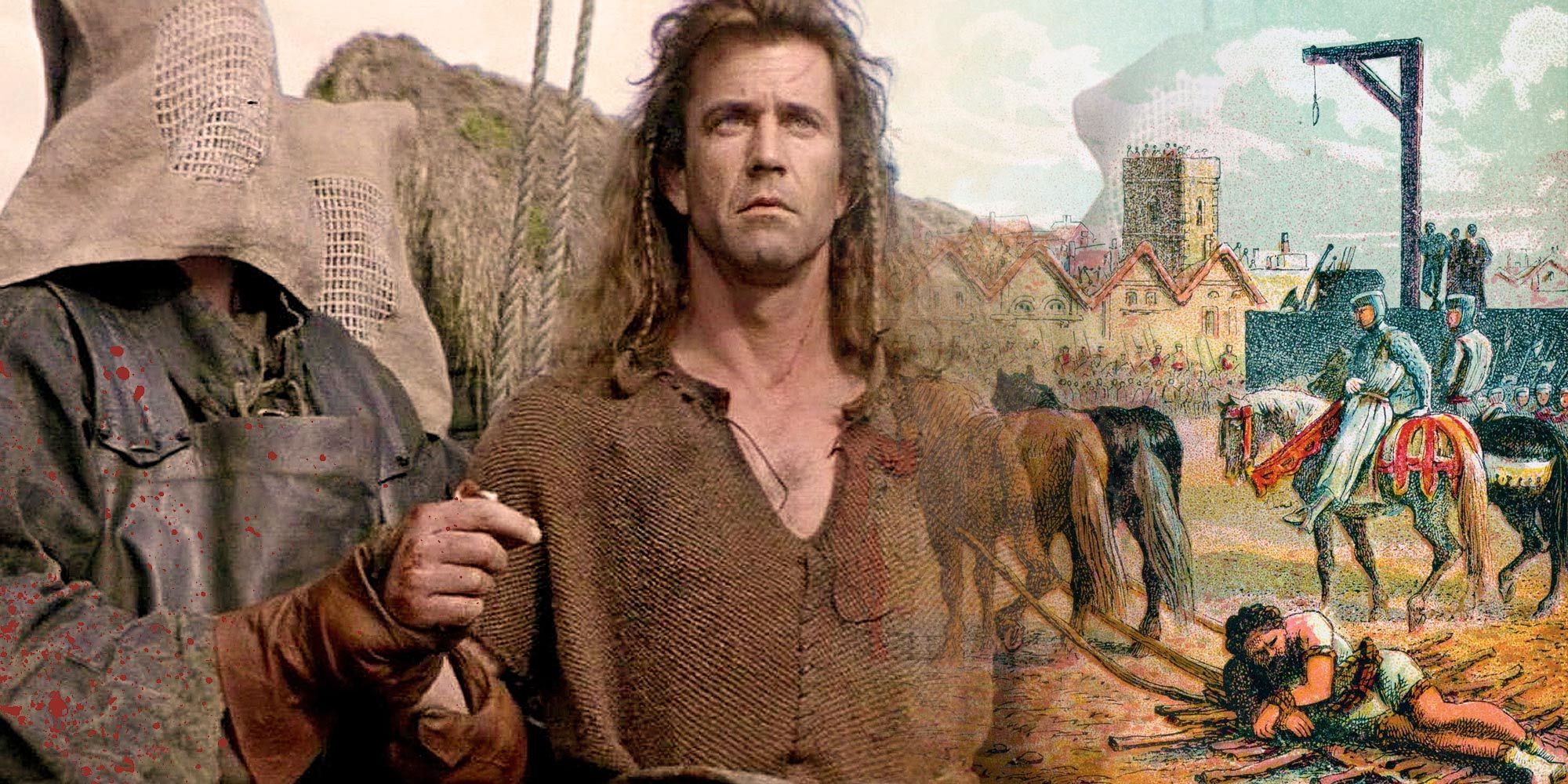
3 Of Mel Gibson’s Movies Are Considered Some Of The Most Historically Inaccurate
Gibson ’s 1995 medieval epicBraveheartwas his second project as theatre director , with the moving picture recounting the story of thirteenth - century Scottish rotatory William Wallace , played by Gibson . ThoughBraveheartwon Oscars for Best Picture and Best Director , Braveheart ’s litany of historical inaccuraciesregarding Wallace ’s life and leadership of Scotland ’s revolt against English rule has been intemperately criticize by historian . Irish historiographer Seán Duffy even divvy up ( viaHistory Ireland ) that " the struggle of Stirling Bridge could have done with a bridge . " Gibson ’s 2000 historical filmThe Patriothas also been taken to undertaking in similar ways asBraveheart .
Directed by Roland Emmerich , The Patriotfollowed Gibson as Colonel Benjamin Martin with the movie set during the American Revolution , but the film ’s delineation of the settler ’s uprising from the British Empire has been criticized for its diachronic shoddiness . Additionally , Gibson ’s 2006 directorial outingApocalyptowas a historical movie focus on on the Mayan civilisation , with Gibson even shooting the film in Yucatec Maya , similar toThe Passion of the Christ ’s negotiation primarily being in Aramaic and Latin . Despite this major attempt for historical genuineness , Apocalypto ’s portrayal of the ancient Mayan polish drew critique for its historical inaccuracy .
Even Mel Gibson’s Hacksaw Ridge Had Inaccuracies, But It Wasn’t As Criticized
Gibson made a coming back to directing with the 2016 World War II movieHacksaw Ridge , concentre on the story ofpacifist fighting medick Desmond Doss(Andrew Garfield ) and his heroism in saving 75 wounded soldiers in struggle . Hacksaw Ridgeonce again bring in considerable awards season acclamation , including Academy Award nominating address for Best Picture , Best Director , and Best Actor for Garfield , but the pic also takes some noteworthy shore leave with Doss ’s story ( though an interview with Doss himself prior to his 2006 exit was included during the end credits . ) Despite having its own discrepancy from history , Hacksaw Ridgelargely forefend the criticisms pull down atBraveheart , The Patriot , andApocalypto .
That might boil down toHacksaw Ridge ’s factual inaccuracy being less numerous than Gibson ’s other historical movies . Doss had antecedently declined offering to turn his story into a movie due to an insistence upon any adjustment bewilder to the facts . Moreover , Doss ’s son Desmond Doss Jr. also commented that Gibson generally stick to the core of Doss ’s story , even asHacksaw Ridgechanged some aspects of Doss ’s life . That probably explain whyHacksaw Ridgehas faced less criticism thanBraveheart , The Patriot , andApocalypto , but in any case , viewers concerned in the past should primarily viewMel Gibson ’s diachronic epics as adventurous menstruum movies more so than story lessons .
beginning : History Ireland
